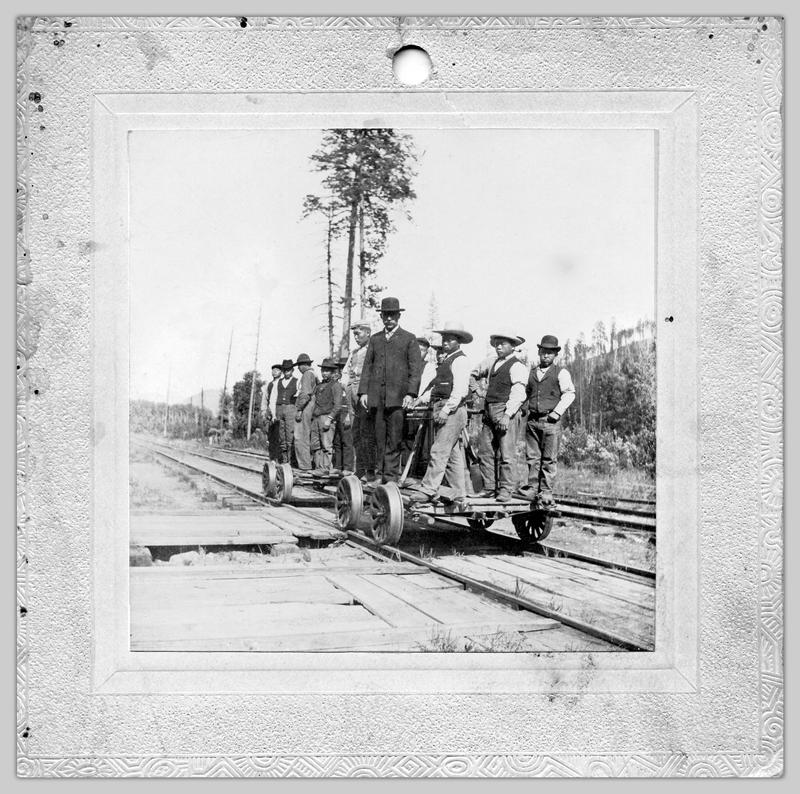The Chung | Lind Gallery is located on the traditional, ancestral, and unceded territories of the hən̓q̓əmin̓əm̓ speaking xwməθkwəy̓ əm (Musqueam) people. The gallery values the shared histories and experiences of Indigenous and non-Indigenous peoples. It seeks to provide a space to consider what it means to share our histories with respect and care, to work towards reconciliation, and to build relationships based on transparency, reciprocity, and a decolonial understanding of the past.
See more information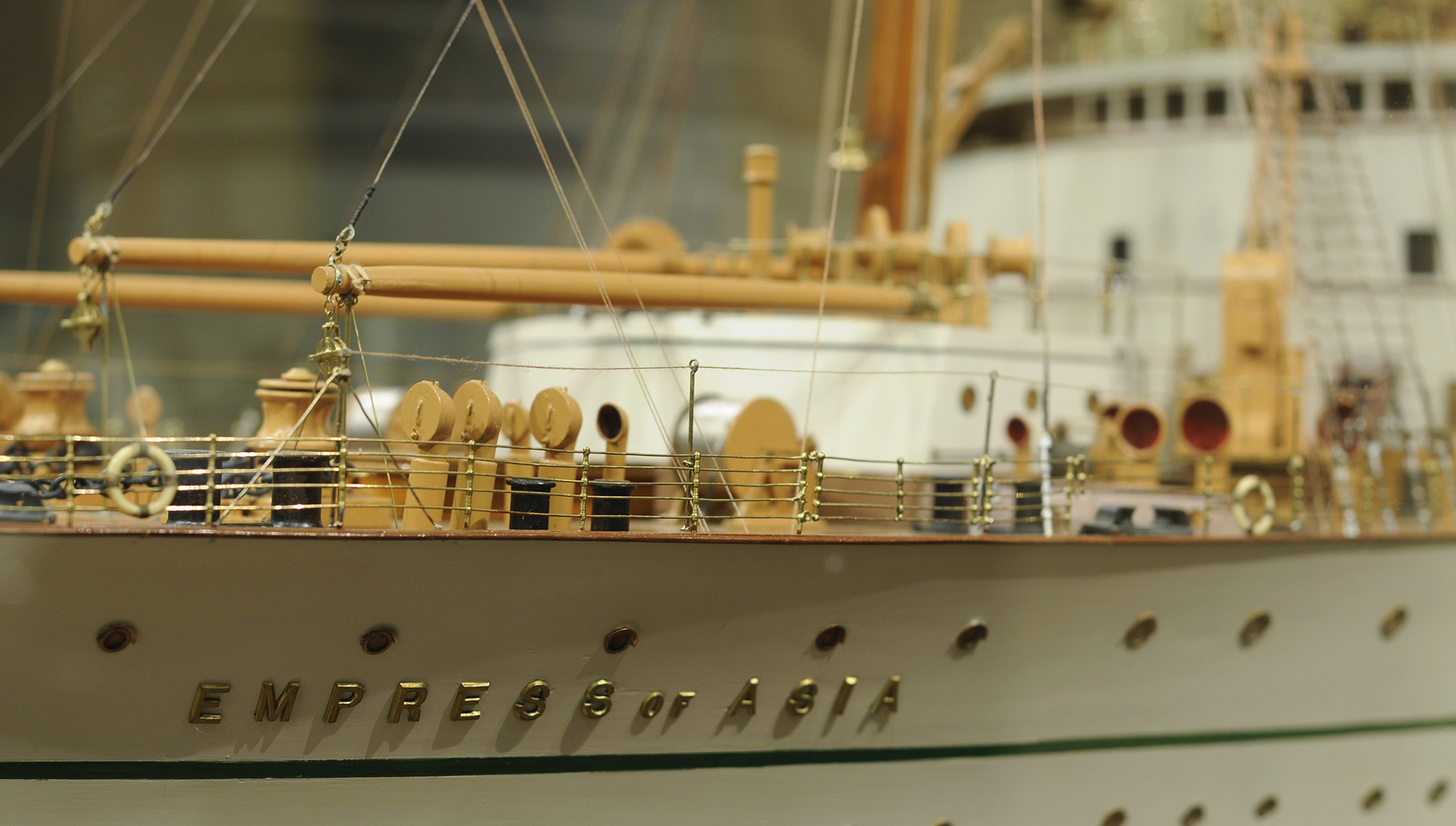
Welcome to the Chung | Lind Gallery
Home to the Wallace B. Chung and Madeline H. Chung Collection and Phil Lind Klondike Gold Rush Collection
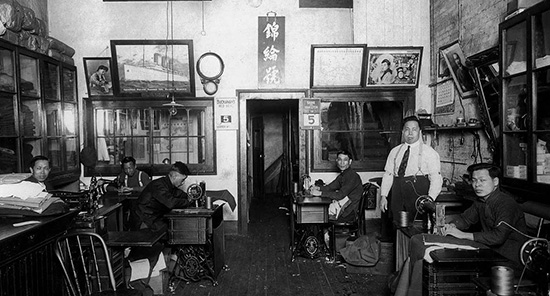
Visit
The Chung | Lind Gallery is open Wednesday – Saturday, 10am – 5pm.
Check the hours portal for the most up-to-date information.
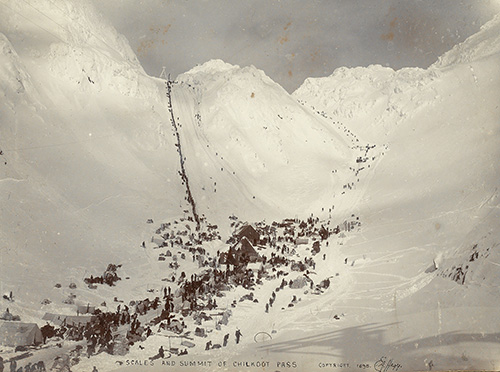
Explore
View digitized Gallery materials, and browse the entirety of the Chung and Lind Collections. Enjoy our audio highlights tour, our audio guide, or our 360-degree virtual tour.
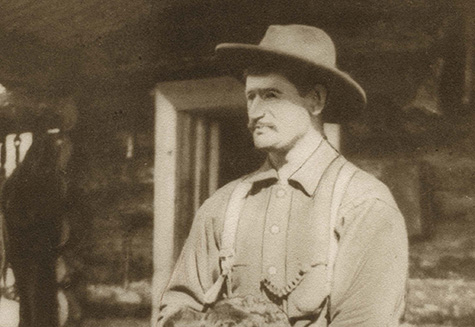
Connect
Contact us to plan a group visit to the Chung | Lind Gallery and to access resources for students, researchers, educators, and more.
About the Chung | Lind Gallery
Beginning in 1848, the rush for gold prompted large migrations of people to western North America. As miners chased the ever-elusive El Dorado, or “Gold Mountain” 金山, they carried more than their gold pans—they also brought their diverse cultures and outlooks.
The Wallace B. Chung and Madeline H. Chung Collection and Phil Lind Klondike Gold Rush Collection underscore the contested perspectives that shaped this tumultuous time, and reflect the settler-colonial expansion, transnational trade, and economic development that followed. Throughout this period, people of disparate backgrounds interacted with, and adapted to, each other. As the collections show, many of these encounters resulted in conflict, discrimination, and settler dispossession of Indigenous nations—yet others led to accommodation and cross-cultural collaboration.
Within this context, the Chung and Lind collections recognize the vast human and natural costs of migration and development, while celebrating the remarkable contributions and experiences of the individuals whose lives are echoed here.
We invite you to explore the histories represented in these collections, and consider the ongoing relationship between past perspectives and life today.
